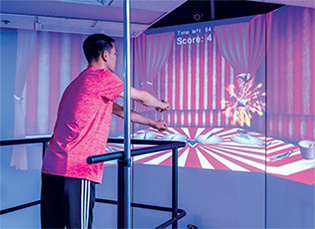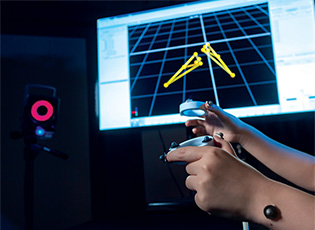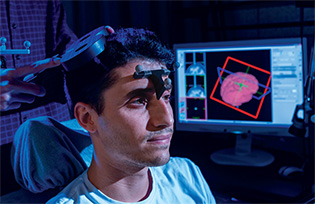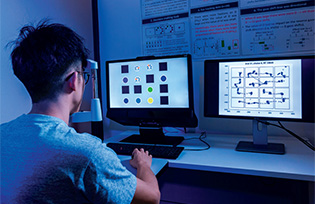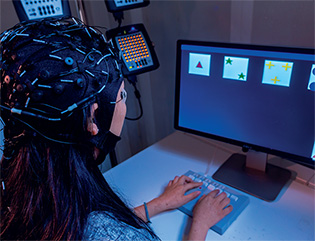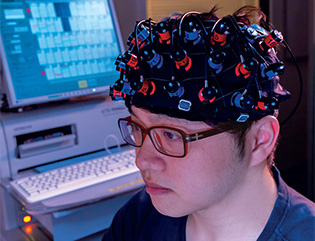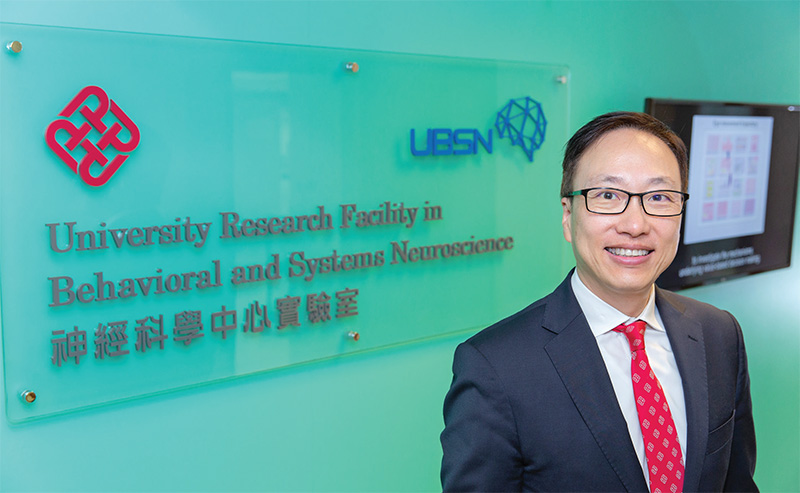
Prof. Chetwyn Chan, Director of the University Research Facility in Behavioral and Systems Neuroscience (UBSN), shared his vision of promoting research synergy to answer some of today’s most important questions about human behaviour.
Prof. Chetwyn Chan began his career as a clinical researcher in rehabilitation therapy before turning to neuroscience in the hope of finding answers to the question of what makes rehabilitation successful. Fifteen years later, the new University Research Facility in Behavioral Systems Neuroscience he helped to found is breaking new ground in cross-disciplinary research.
What first drew you to a career in neuroscience?
For the first ten years of my academic career, my research work was clinically based. Although the results of our clinical trials on the efficacy of interventions for enhancing post-stroke functional recovery were quite successful, I gradually realised that we were getting no closer to understanding why our interventions were effective. I particularly wanted to understand the changes in neural systems that underlie the improvements in patients. To do so, I needed to use different methods that could tap the activities of the brain and asso ciate them with the observable behavioural changes. This began my journey of applying investigative methods in neuroscience.
Can you give an example of how the research of the UBSN can address societal needs?
When developing the concept of the UBSN, my vision was to build a technological platform for PolyU researchers from different disciplines to collaboratively apply neuroscientific methods to answer important theoretical and applied questions.
One good example is our study of the mechanisms underlying multi-sensory learning. To understand how learning can be maximised using both visual and audial senses, we tested the phenomenon in individuals with blindness and in rats using electrophysiology, electroencephalography and brain imaging. The parietal cortex was found to play a very significant role in the audiovisual learning, and this learning was associated with changes in the neural networks that had survived deficiencies in the brain. Understanding this mechanism enabled us to design intervention protocols to assist people with blindness to navigate around the environment, and to explore how multi-sensory learning applies in improving the motor and cognitive functions of older people and patients with neurocognitive disorders.
What are the plans for the future development plan of the UBSN?
The first phase, which included the majority of the technological platforms except brain imaging, is already in full operation. For the second phase, the University has reserved the financial resources to purchase one human and one animal magnetic resonance imaging (MRI) machine.
The development of the UBSN is expected to be completed by the end of 2020. In the meantime, we are discussing with various research groups to embark on large-scale studies once the MRI machines are installed. For example, a study on predictive markers for early detection of neurocognitive disorders.
How does the UBSN serve to create research synergies among experts from different fields?
The primary role of the UBSN is to provide state-of-the-art equipment and technological platforms for neuroscientists to conduct high impact studies and train research students. It will serve as a breeding ground for researchers in different disciplines to solve complex research questions and explore new research ideas. Cross-species and cross-modality research are the key to the UBSN’s success. Cross-species research undertakes invasive animal studies to reveal underlying neural mechanisms, and this knowledge is then combined with translational methods to test the findings on human subjects. The ultimate goal is to enable researchers to create and apply knowledge to solve real-life problems in areas such as ageing, child development, neurological rehabilitation, language development and mental health.
What have been the most interesting developments in neuroscience in recent years?
A particular area of interest among PolyU’s rehabilitation researchers is to explore three-dimensional activities of the brain among both clinical and normal populations. The extremely precise spatial and temporal resolutions help researchers to understand and resolve complex human behaviours such as cognitive roles of the motor-related cortices, emotion regulation in patients with mental illnesses, learning capacity in patients with brain injuries, and neuro-degeneration and protection in older individuals. These and other advancements in data science and information technology pave the way for constructing machine learning protocols that mimic human thinking processes.♦

